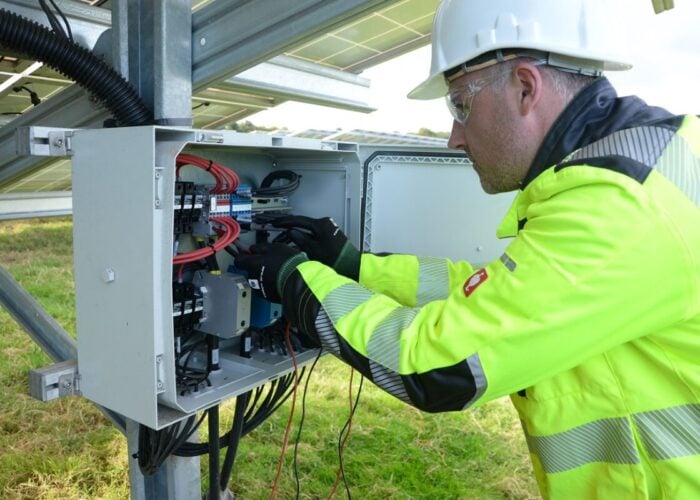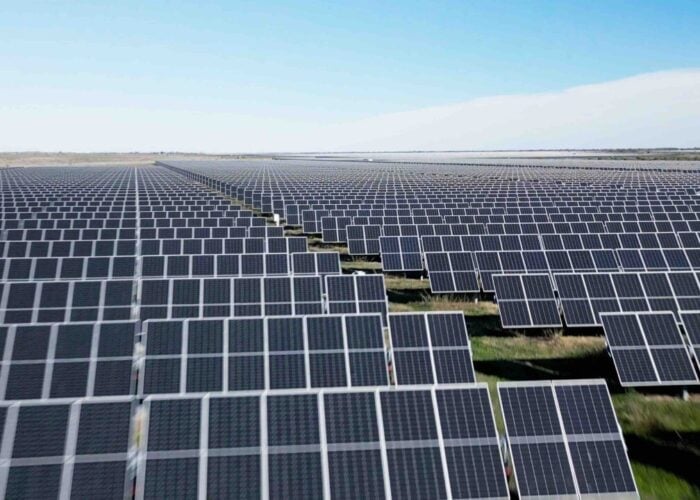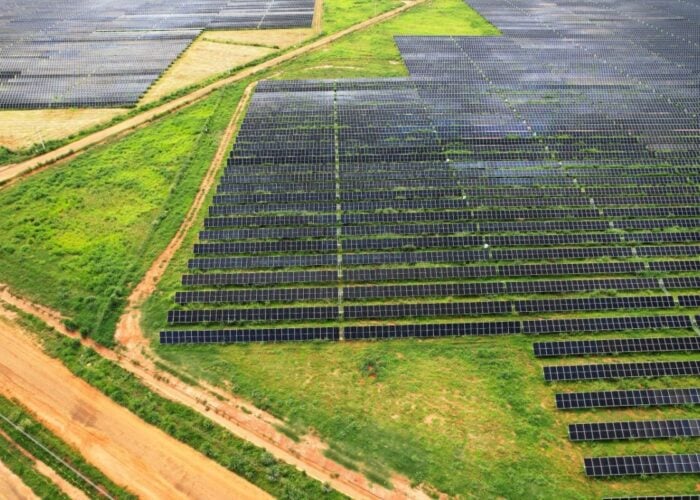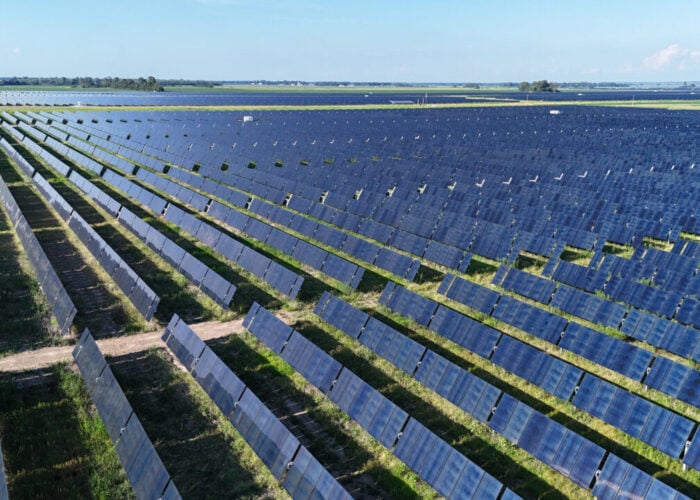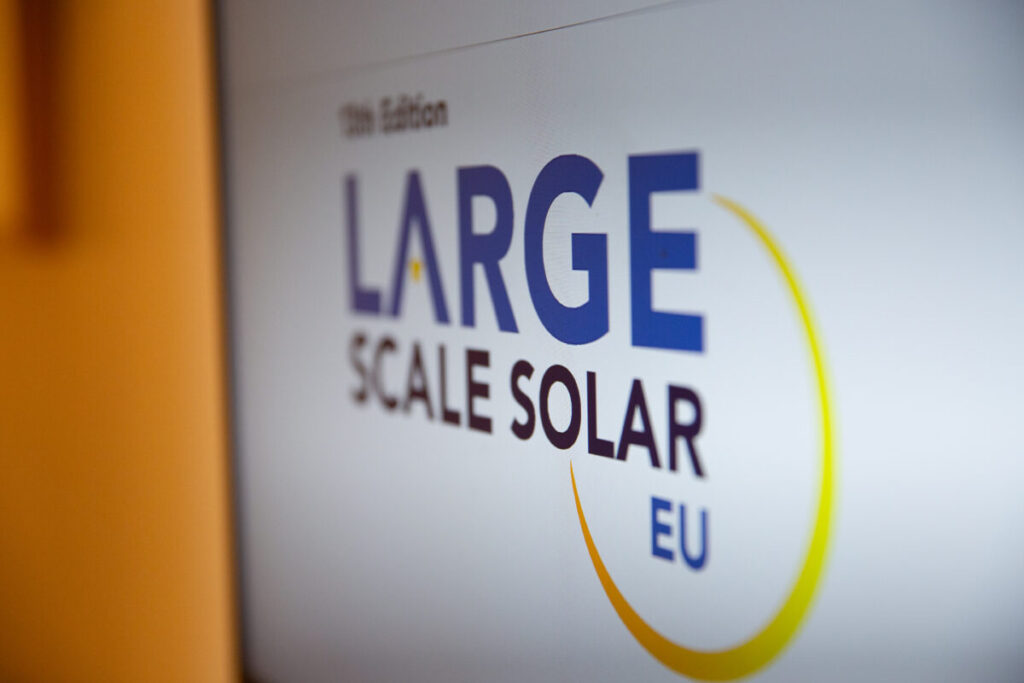
Underperformance at solar projects is a “massive issue” which asset owners are only beginning to understand, according to Abilash Krishnan, chief product officer at renewables asset management software firm Power Factors.
Speaking at the Large Scale Solar Europe conference in Lisbon today, Krishnan said that his firm “consistently” has seen underperformance “across all assets… anyone who is telling you otherwise is probably not yet at the scale where that becomes an issue.”
Try Premium for just $1
- Full premium access for the first month at only $1
- Converts to an annual rate after 30 days unless cancelled
- Cancel anytime during the trial period
Premium Benefits
- Expert industry analysis and interviews
- Digital access to PV Tech Power journal
- Exclusive event discounts
Or get the full Premium subscription right away
Or continue reading this article for free
He said that larger portfolios and projects naturally incur greater issues from underperformance and that “as [a company] grows, they get new challenges.”
Underperformance captured the attention of the audience in the room for the panel, which was billed as ‘Optimising your Operations: Leveraging Technological Advancements in PV Projects’.
‘rare’ to find a perfect plant
Krishnan, the other panellist, Ana Martinez Monton, asset manager Iberia at Foresight Group, and the discussion moderator Cristiano Spillati of Italian developer Limes, said that the sources of underperformance vary by region and project.
Krishnan said “It’s very rare to find a plant that built exactly as it was supposed to be,” but said that the construction phase is “broadly speaking… not the leading source of underperformance.”
Regular feedback with the construction contractor is the key to achieving best practices, Monton said. She added, “Every construction is different; each EPC has different methods, but during the first two years of operation you have to be most vigilant.”
She said that, in Spain, for example, the leading cause of underperformance is “module soiling and high temperatures which bring down performance. These are environmental conditions that are quite difficult to tackle.”
Krishnan highlighted the granular and specific nature of the underperformance issues: “It’s very region specific – snow could be your big issue, depending upon where you are; soiling could be a massive issue. And your issue might not be soiling, but that you haven’t optimised your washing schedule, so you just washed the modules and a week before it just rained.”
Equipment itself can also underperform—panellists both mentioned issues with inverters which can cause the plant to produce less power or stop producing altogether, and a report from Fraunhofer ISE found that, on average, monocrystalline solar modules underperformed by 1.2% below their nameplate capacity last year.
‘One word: data’
Krishnan’s firm also sees issues around “Yield models, soiling models, OEM models”.
“I think there’s one word: data”, the moderator, Spilatti, said.
“When I talk to customers, the first thing I ask is ‘out of all your sites, how many assets are actually able to give you good data?” said Krishnan.
He said that plants should go beyond “just ambient temperature and your DC current” data and become aware of the wealth of data available at a PV plant and, beyond that, any issues that data may represent. These could be issued around inverters, overheating, panels or a number of other things.
“If you don’t know that, you’re just going to be looking at your performance ratio and you’re going to be praying that you worked on the right thing”, he said.
“The honest truth is that, for a long time, people in the room [at the conference], even though they theoretically talked about this couldn’t actually be bothered to actually learn from that.
“Most developers are like ‘I’ve got my PVSyst model and I’m just going to move on. That’s someone else’s problem for tomorrow.’”
The increase in pairing solar projects with energy storage systems (ESS) has compounded the emphasis on data. The data requirements of energy storage are “massive”, Krishnan said; his company has instances of recording “millisecond data” on energy storage systems. Incorrect handling or access to this data can cause a project to “bleed 10-15%” of its profitability through inaccurate forecasts, he said.
Asset management software company Raptor Maps said that solar PV assets lost around US$10 billion to underperformance issues in 2024. Its report found a 15% year-on-year increase in underperformance, driven by issues with inverters and weather-related problems.
Diagnostic analysis
Krishnan said that solar PV assets benefit from a diagnostic approach, where the asset owner spends time on data to replace parts when they break and identify that quickly, rather than a preventative maintenance approach.
“Even if you could predict [a problem before it arises], what would you do?” he asked.
He said that “data capability” is a challenge for predictive maintenance. “Generally, what you’re trying to do [with predictive diagnostics] is say ‘can I find a failure mode and can I predict that failure mode using some data signature?’”
“This is not easy in PV.”
He says that it can be done, and cited a study which found an increase in draw of current for around a month before a “specific failure mode” in a system’s cooling pumps became apparent.
“The problem is, are you actually reading that current data? Probably not,” he said.
Collecting, monitoring and analysing that data is expensive and can affect a project’s return on investment (ROI), and said that asset owners are better served by “using AI to improve your spare parts and inventory management.”


